Optimal Timing for Knotweed Removal

Knotweed begins active growth in early spring, making it an ideal time for removal before it spreads extensively.
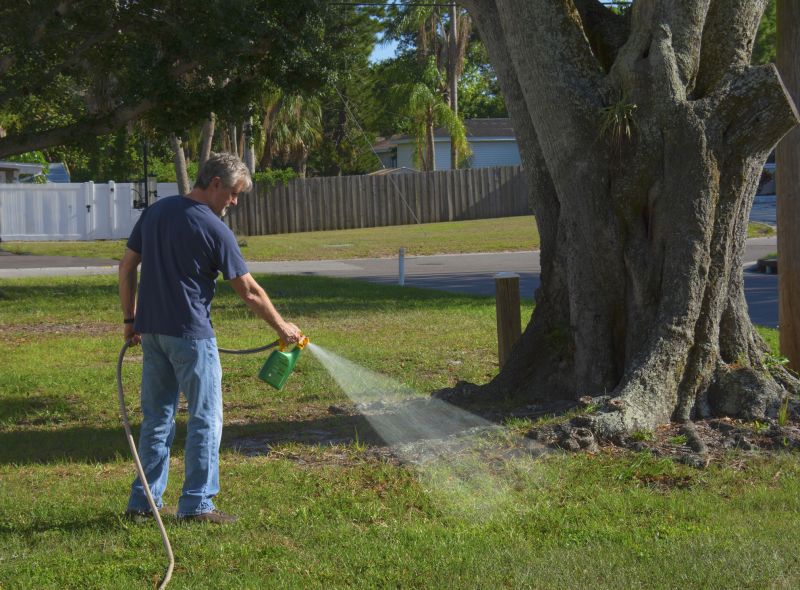
Summer offers rapid growth, but removal during this period can prevent further spread and establish control measures.

Autumn sees knotweed entering dormancy, which can be suitable for certain removal techniques with less regrowth.

Ways to make Knotweed Removals work in tight or awkward layouts.

Popular materials for Knotweed Removals and why they hold up over time.
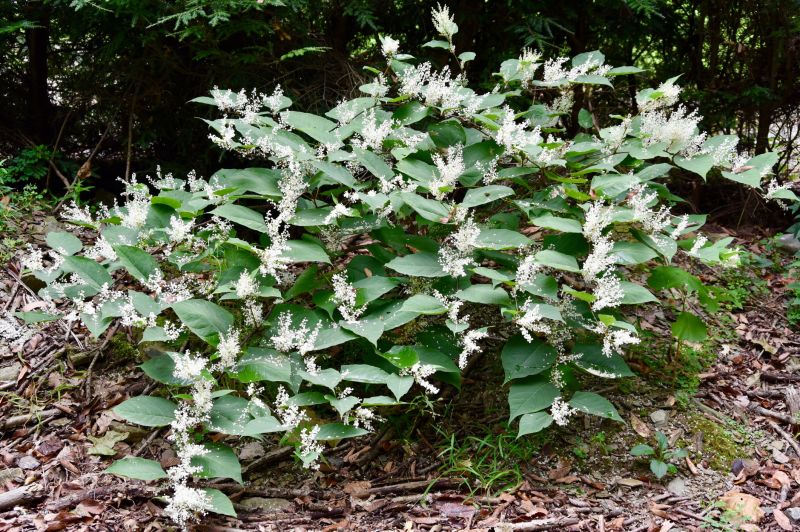
Simple add-ons that improve Knotweed Removals without blowing the budget.

High-end options that actually feel worth it for Knotweed Removals.
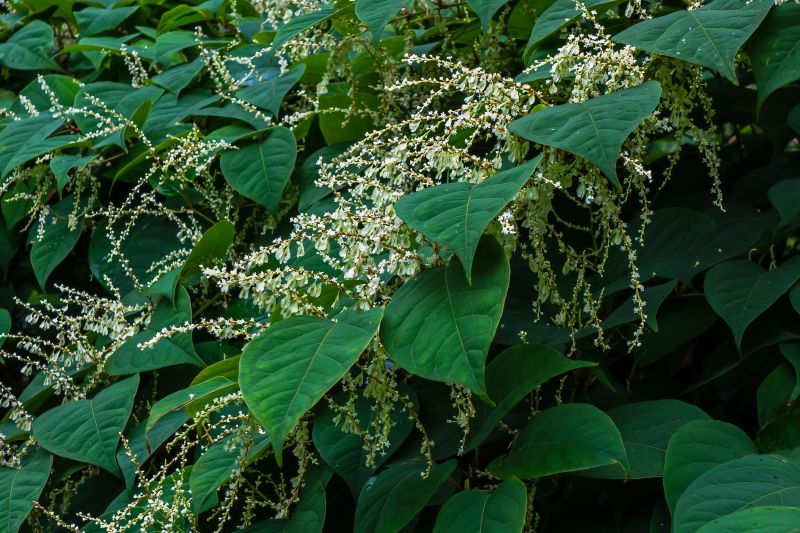
Finishes and colors that play nicely with Knotweed Removals.
Knotweed removal timing is crucial for effective management. The plant's growth cycle influences the success of eradication efforts. Early intervention during spring can prevent extensive spread, while summer removal may require more effort due to vigorous growth. Autumn offers opportunities for removal when the plant is less active, potentially reducing regrowth. Proper timing ensures that removal methods are most effective and minimizes the likelihood of re-establishment.
Removing knotweed in spring targets the plant during early growth, reducing biomass and making eradication easier.
Summer growth can be rapid, requiring more intensive removal efforts to control knotweed spread.
Autumn removal can target dormant plants, decreasing regrowth potential and preparing for winter control measures.
Understanding knotweed's growth cycle helps determine optimal removal times for better results.
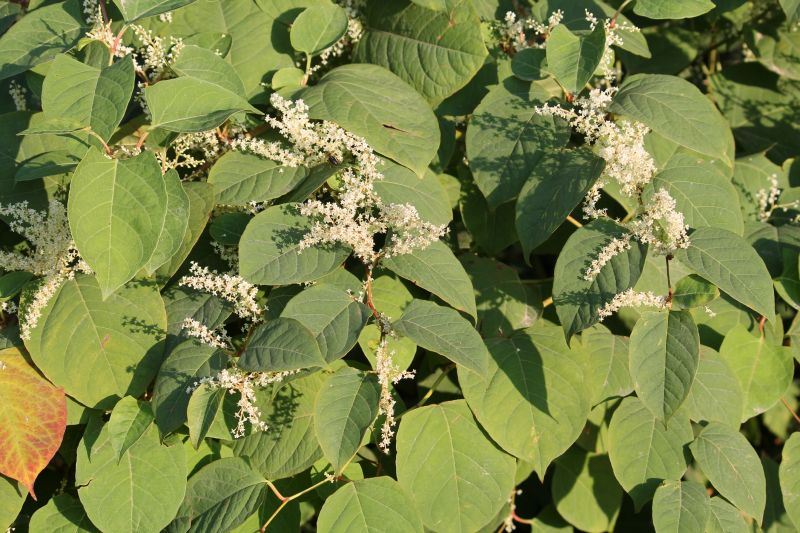
Young knotweed shoots emerging in early spring.
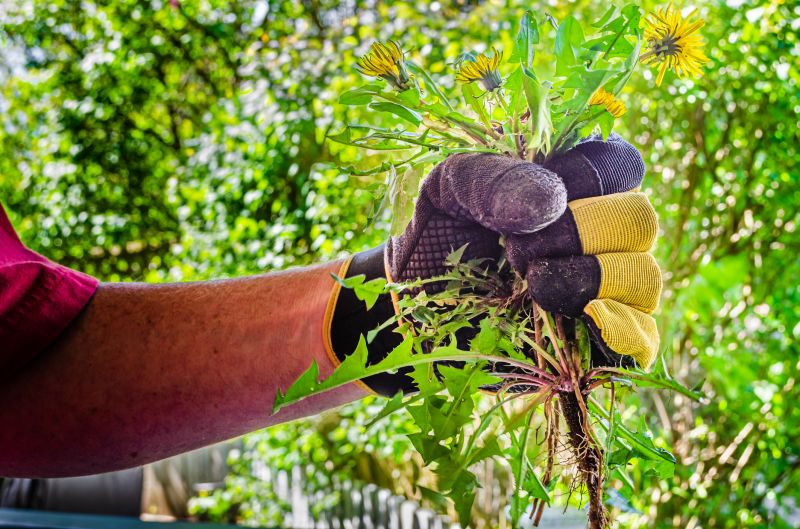
Lush, tall knotweed plants during peak summer.

Knotweed in dormancy, with brown, dying stems.
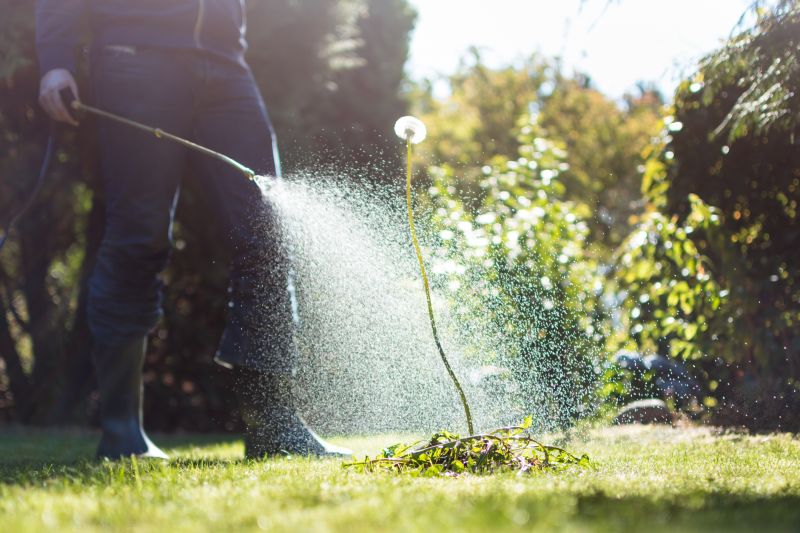
Manual removal of knotweed during active growth.

Applying herbicide in late summer or autumn.
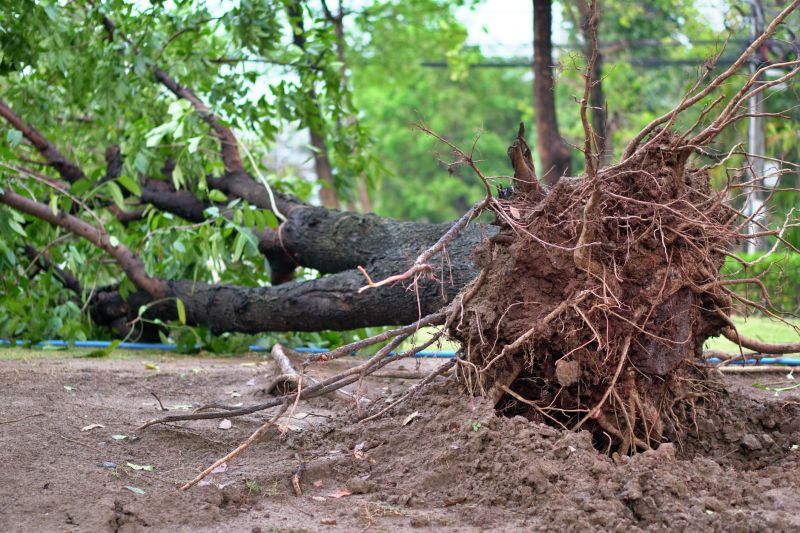
Underground rhizomes that make removal challenging.
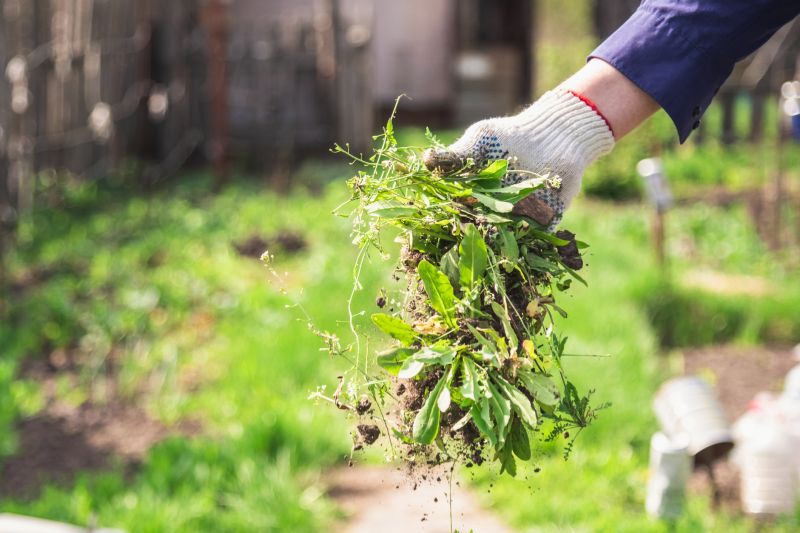
Regular checks for re-growth after removal.

Knotweed spreading along a garden boundary.
| Season | Best Removal Method |
|---|---|
| Spring | Target young shoots with manual removal or herbicide for best results. |
| Summer | Use aggressive removal techniques due to vigorous growth. |
| Autumn | Apply herbicide when plants are dormant to reduce regrowth. |
| Winter | Limited activity; mainly monitoring and planning for spring. |
| Late Summer | Ideal for herbicide application before dormancy begins. |
| Early Spring | Prevents extensive spread by early removal. |
Effective knotweed removal depends on understanding its growth cycle and timing interventions accordingly. Properly timed efforts can significantly reduce the plant's ability to spread and re-establish. Regular monitoring after removal is essential to detect and manage any re-growth, ensuring long-term control.

Underground rhizomes that require thorough removal.
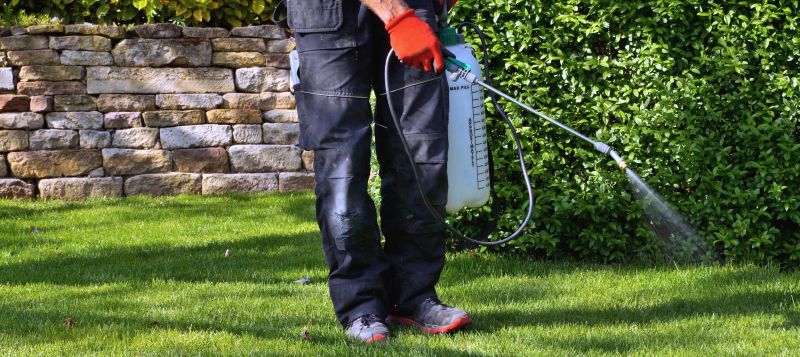
Application during optimal growth phases for maximum effectiveness.

Physical extraction of knotweed plants during early growth.

Checking for re-growth in the following seasons.

Little measurements that prevent headaches on Knotweed Removals day.
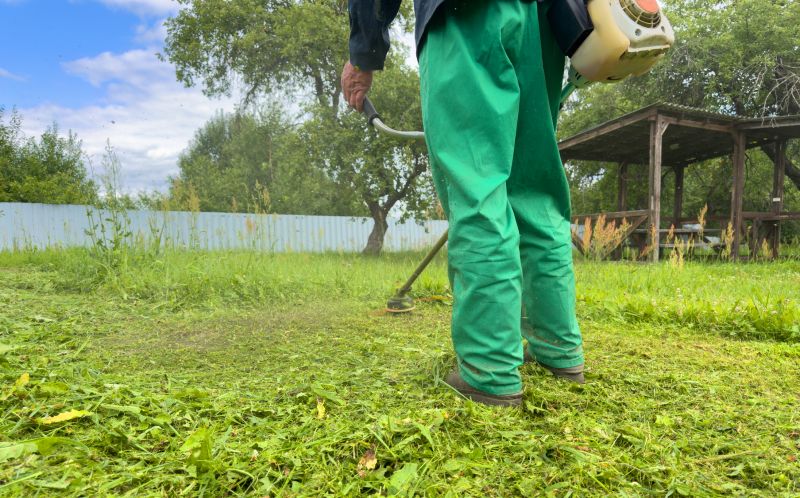
A 60-second routine that keeps Knotweed Removals looking new.

A frequent mistake in Knotweed Removals and how to dodge it.

Small tweaks to make Knotweed Removals safer and easier to use.
Timely knotweed removal is essential for preventing extensive damage to landscapes and structures. Combining manual removal with herbicide treatments during the appropriate seasons enhances success rates. Ongoing monitoring and follow-up actions are vital components of a comprehensive control plan.
Interested in managing knotweed effectively? Filling out the contact form can provide guidance on suitable removal strategies tailored to specific site conditions and timing considerations.



